What is the difference between the flavor characteristics of Ethiopian coffee Douhuakui 6.0 and 7.0? Introduction to roasting degree of Huakui Coffee
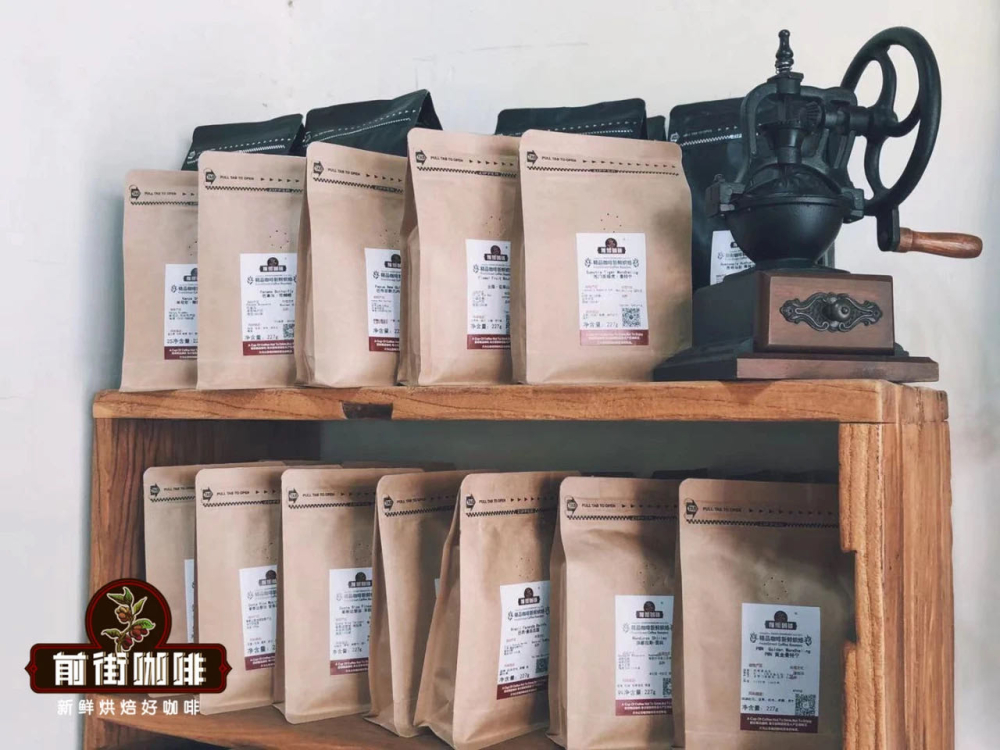
As beginners of boutique coffee, most of the coffee beans you know most come from Ethiopian countries. Among them, two types of coffee beans are often encountered by many friends who have just drank hand-brewed coffee for a while in various boutique cafes: washed Yegashifi and Sun Sidamo.
Ethiopia is a country full of treasures. Just appealing two kinds of coffee beans can make friends who go to Qianjie Coffee to buy coffee beans. When the baristas of Qianjie Coffee see such a situation, they will ask: do you want it to taste refreshing, or do you want it to be juicy?
When friends want coffee like drinking fruit juice, Qianjie will recommend Sakuran coffee beans. During this period of time, Luckin Coffee launched the Huakui 5.0 series to make this coffee bean make more friends who do not have contact with boutique coffee want to give it a try. So, Qianjie will come to introduce the information of Huakui coffee beans to everyone:
Huakui Coffee is produced in Humbelazi in the Sidamo region. The Sidamo region is located in southern Ethiopia, a famous coffee producing area with different types of soil, including fertile red volcanic soil, with a wide variety of coffee varieties, generally labeled as native species. Such a variety of elements also create the diversity of coffee flavor in Sidamo.
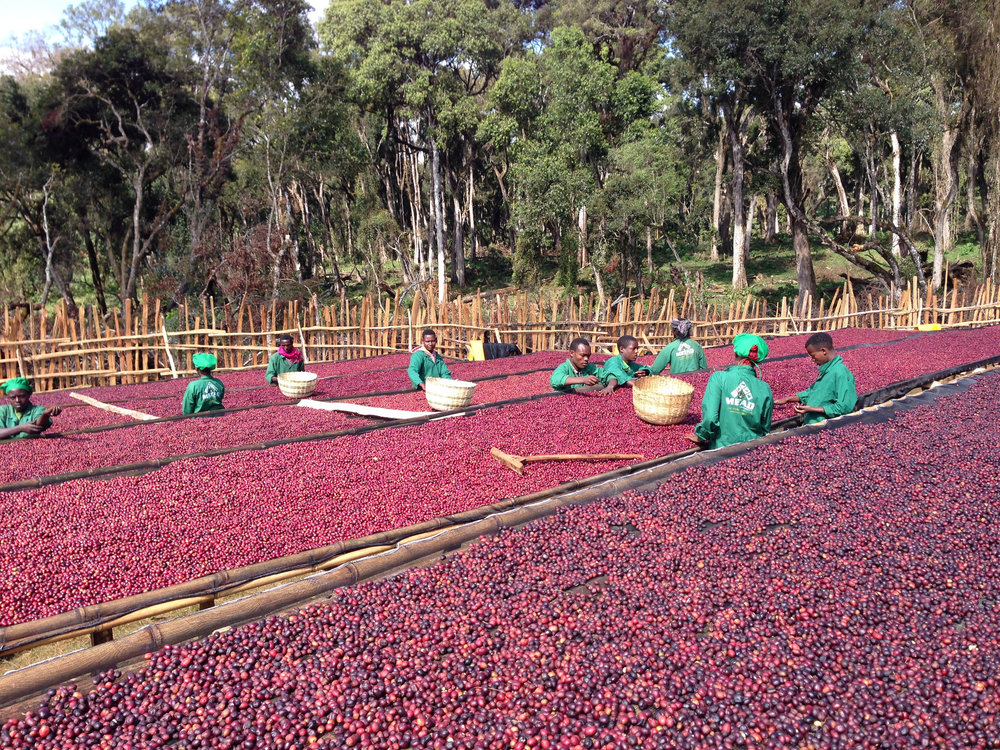
With such a favorable planting environment, coffee beans from Sidamo are always on the list in the East Africa Harvest Cup (TOH,the Taste of Harvest). In the 2020 TOH competition, the champion of the washing group is from the Guji producing area in Sidamo. There is also such a coffee bean on the bean list in front of the street.
The sunny Sidamo coffee beans that Qianjie wants to introduce come from the Humbelazi producing area, which is the highest growing area in Ethiopia and is only a mountain away from Cochel in the Yegashifi producing area. Huakui coffee beans are produced at the Buku Abel coffee processing station near the village of Buku in the Humbera region. The farmers there grow local cash crops such as fake bananas around the area where Huakui coffee beans are grown, whose withered branches and leaves rot in the soil and become the original fertilizer for coffee trees. Because this is the place where Sakui coffee is produced, it is also known as the "Sakuran" manor.
In fact, Huakui coffee beans are produced in Humbelazi producing area, so why is Huakui coffee called Huakui instead of Humbela coffee beans? This needs to be traced back to 2017, when DW sent Buku Abel-treated sun-tanned beans to the TOH contest, and its rich strawberry cream flavor captured the hearts of international judges and won the championship of the TOH Essex suntan group. Hongshun, a Beijing raw bean merchant, decided to name it "Sakuran" after tasting the same batch of sun-dried champion beans after tasting such a wild berry cream flavor, implying the head of all flowers, expressing high hopes for this bean. In the same year, in the Chinese field of the World Coffee Brewing Competition, rosy summer varieties of coffee beans swept the field, but Li Jianfei won the second place with the same batch of Huakui coffee beans. for a time, many people were full of curiosity about this coffee bean. Sakui coffee beans are also famous.
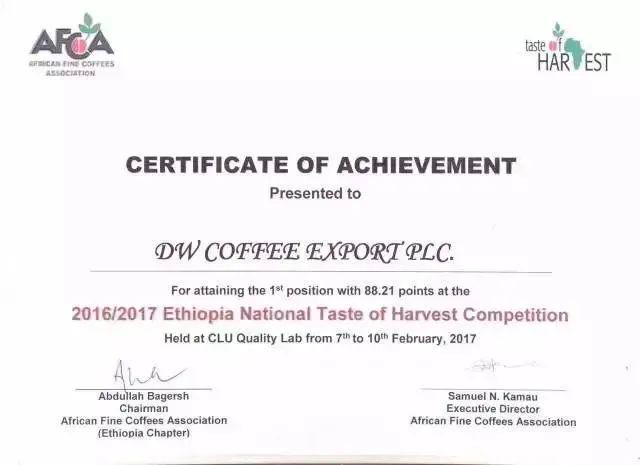
Friends who pay attention to Huakui coffee beans every year should be able to find that the names of Huakui coffee beans vary from year to year, and the string of numbers followed by the word "Sakui" is also increasing year by year. In fact, the name of Sakuran Coffee is in the form of "Sakui X.0". In 2018, it is Sakui 2.0, and of course it will be Sakui 5.0 in 2021. Huakui beans in 2022 were named "Huakui 6.0". In 2023, the first batch of Sakui 7.0 arrived in Shanghai Port on April 17. It is estimated that the latest season of Huakui coffee beans will be tasted in late April.
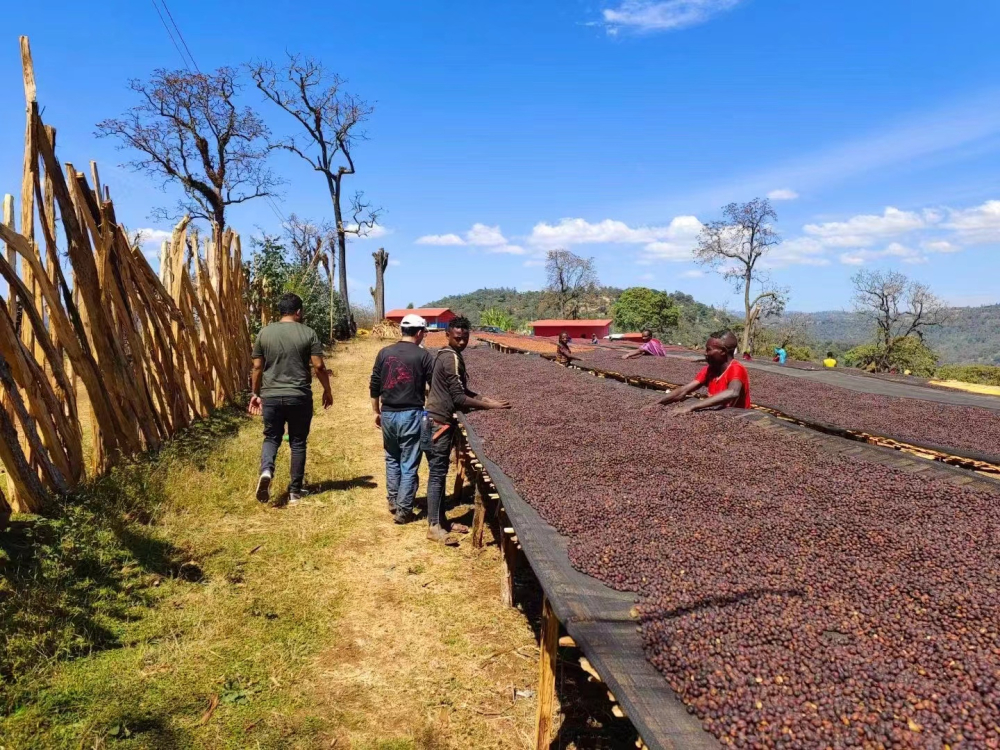
Qianjie, like everyone else, is eager to know how the flavor of Sakui 6.0 is different from that of Sakui 5.0 or even the award-winning batch of Sakui coffee beans. However, the latest season of Huakui coffee beans are still being processed and are expected to arrive in Hong Kong in April 2022, and Qianjie of course booked a batch at the first time. When the new season of Huakui coffee beans arrives, it is time for Qianjie to launch this popular coffee bean.
Now, people have no choice but to try the only two kinds of Sakuran coffee beans on the Qianjie bean list: Sakuran 5.0 and Xiaogui coffee beans.
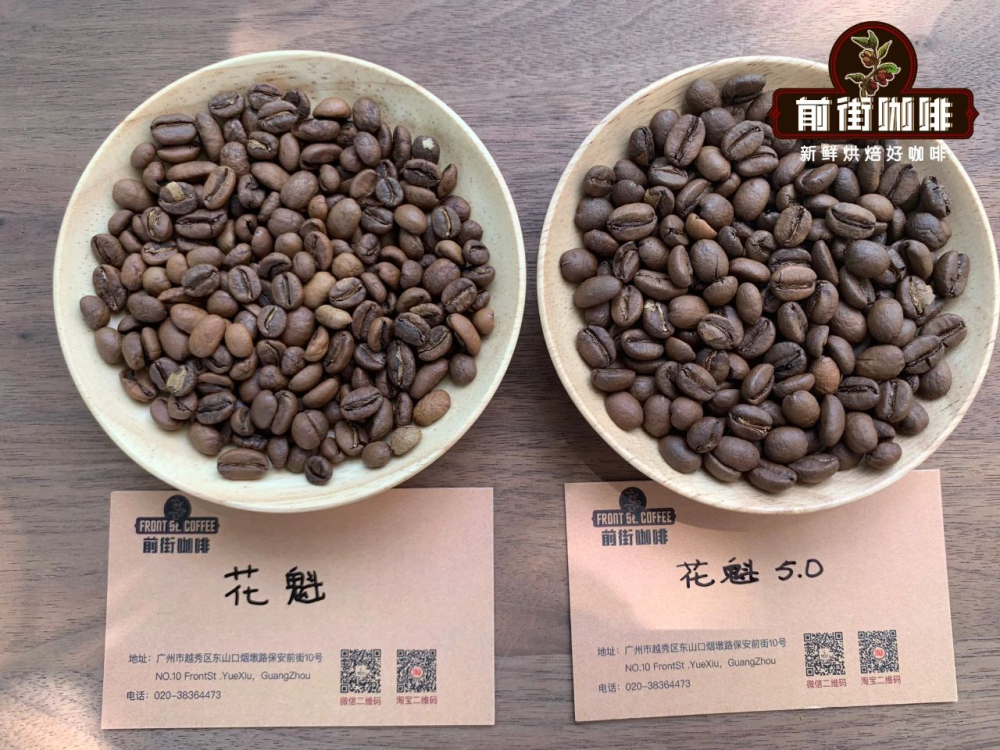
You may wonder what is the difference between Xiao Grain Sakuran and Sakuran 5.0. In fact, as early as 2017, Qianjie Coffee noticed that there were some small particles of coffee beans in Huakui coffee beans. Similar small granules of Huakui coffee beans were also found in Qianjie in the next two years. Later, through the cup in the front street, it was found that these small granules of Sakui coffee beans were the source of the aroma of Sakui coffee. In 2020, DW's Buku Abel processing plant will independently process these small granulated coffee beans and distinguish them from small Huakui coffee beans.
In Qianjie, it is found that the flavor of Huakui 5.0 is more similar to that of Guji through the test of Huakui 5.0 and Xiaogui Coffee Bean Cup, which is also in the 2021 season: light floral aroma, comprehensive berry acidity and full juice. The flavor of Xiaogui coffee is closer to that of the 2017 award-winning batch: obvious strawberry flavor, full and solid juice taste and long cream finish.
When roasting the two types of Huakui coffee beans on Qianjie Street, they use the degree of medium-light roasting, retaining more, higher quality acidity and brighter taste. When brewing these two types of coffee beans, Qianjie recommends using Hario V60 filter cup, water temperature of 91 degrees Celsius and medium and fine grinding.
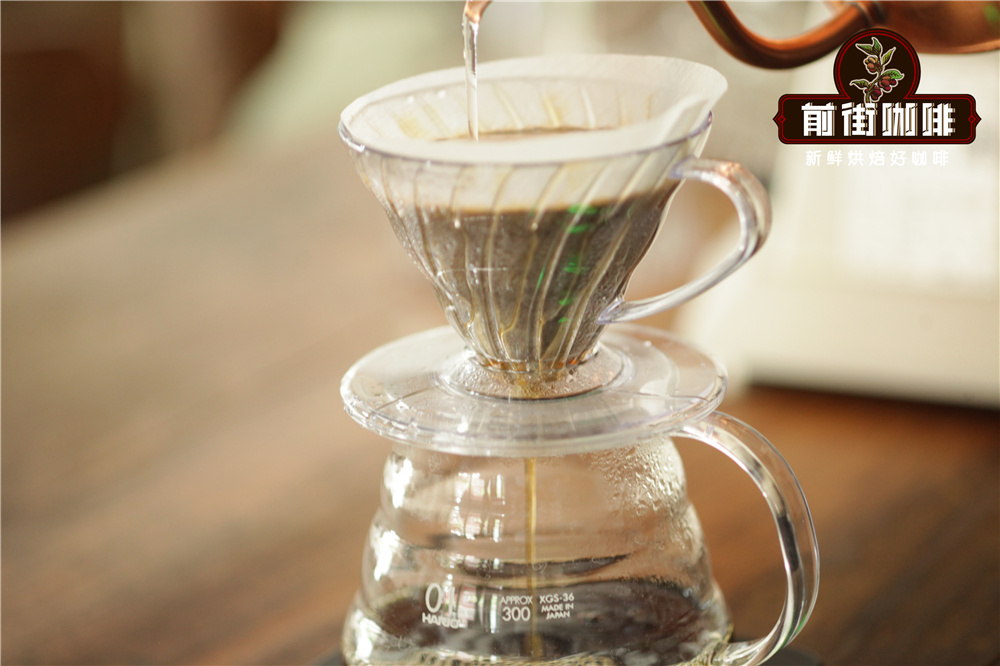
Filter cup: Hario V60
Water temperature: 91 degrees Celsius
Amount of powder: 15g
Ratio of powder to water: 1:15
Grinding degree: the pass rate of Chinese standard No. 20 screen is 80%.
Qianjie often uses three-stage water injection when brewing coffee, giving the coffee a richer sense of hierarchy. First inject 30 grams of hot water for 30 seconds, then inject small water from the central point and slowly circle to 125 grams for segmentation. the water level in the filter cup is about to expose the powder bed and continue to inject water around 225 grams, and the total extraction time is about 2 minutes.
For more information about coffee beans, please follow the coffee workshop (Wechat official account cafe_style) and exchange professional coffee knowledge. Please add Wechat account kaixinguoguo0925.
Important Notice :
前街咖啡 FrontStreet Coffee has moved to new addredd:
FrontStreet Coffee Address: 315,Donghua East Road,GuangZhou
Tel:020 38364473
- Prev
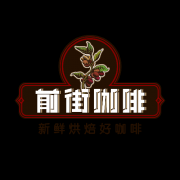
Ethiopia also has Rose Summer Village Panama Rose Summer Vs Ethiopia Rose Summer
Ethiopian Coffee, also known as Ethiopian Coffee, is a landlocked country located in the Horn of Africa and the most populous landlocked country in the world. Ethiopian coffee is the birthplace of coffee, the birthplace of excellent Arabica coffee species, and has many native species with excellent genes of Arabica species, which are grown in many other countries.
- Next
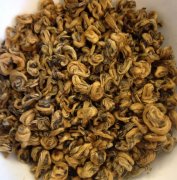
Pictures and names of all kinds of tea Daquan Earl black tea which brand is the best name comes from the story
The naming of tea has always been problematic, especially in thousands of tea regions and subregions, there are so many different naming methods. In the naming of wine, you can see the name of the region or grape variety, or both. On this basis, you can know very well what kind of wine you want to drink. The name of the vineyard is the ultimate symbol of quality assurance. Some vineyards
Related
- Beginners will see the "Coffee pull flower" guide!
- What is the difference between ice blog purified milk and ordinary milk coffee?
- Why is the Philippines the largest producer of crops in Liberia?
- For coffee extraction, should the fine powder be retained?
- How does extracted espresso fill pressed powder? How much strength does it take to press the powder?
- How to make jasmine cold extract coffee? Is the jasmine + latte good?
- Will this little toy really make the coffee taste better? How does Lily Drip affect coffee extraction?
- Will the action of slapping the filter cup also affect coffee extraction?
- What's the difference between powder-to-water ratio and powder-to-liquid ratio?
- What is the Ethiopian local species? What does it have to do with Heirloom native species?

